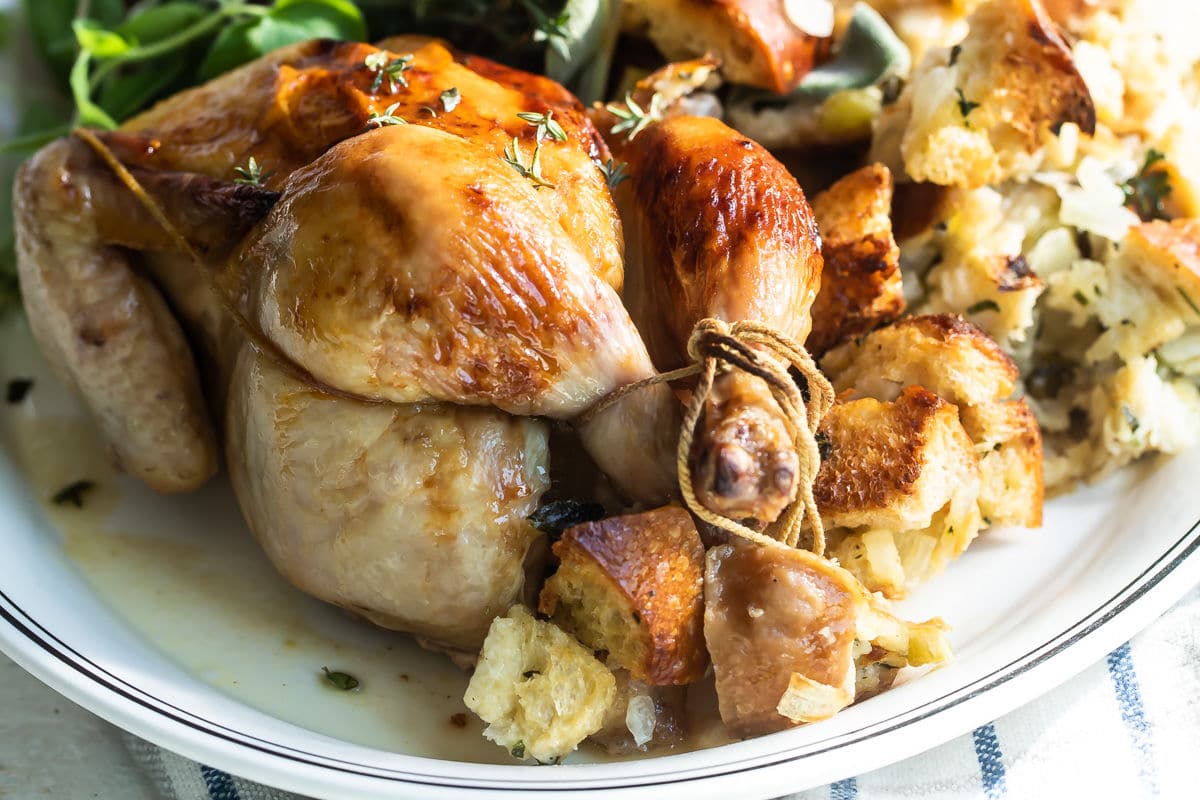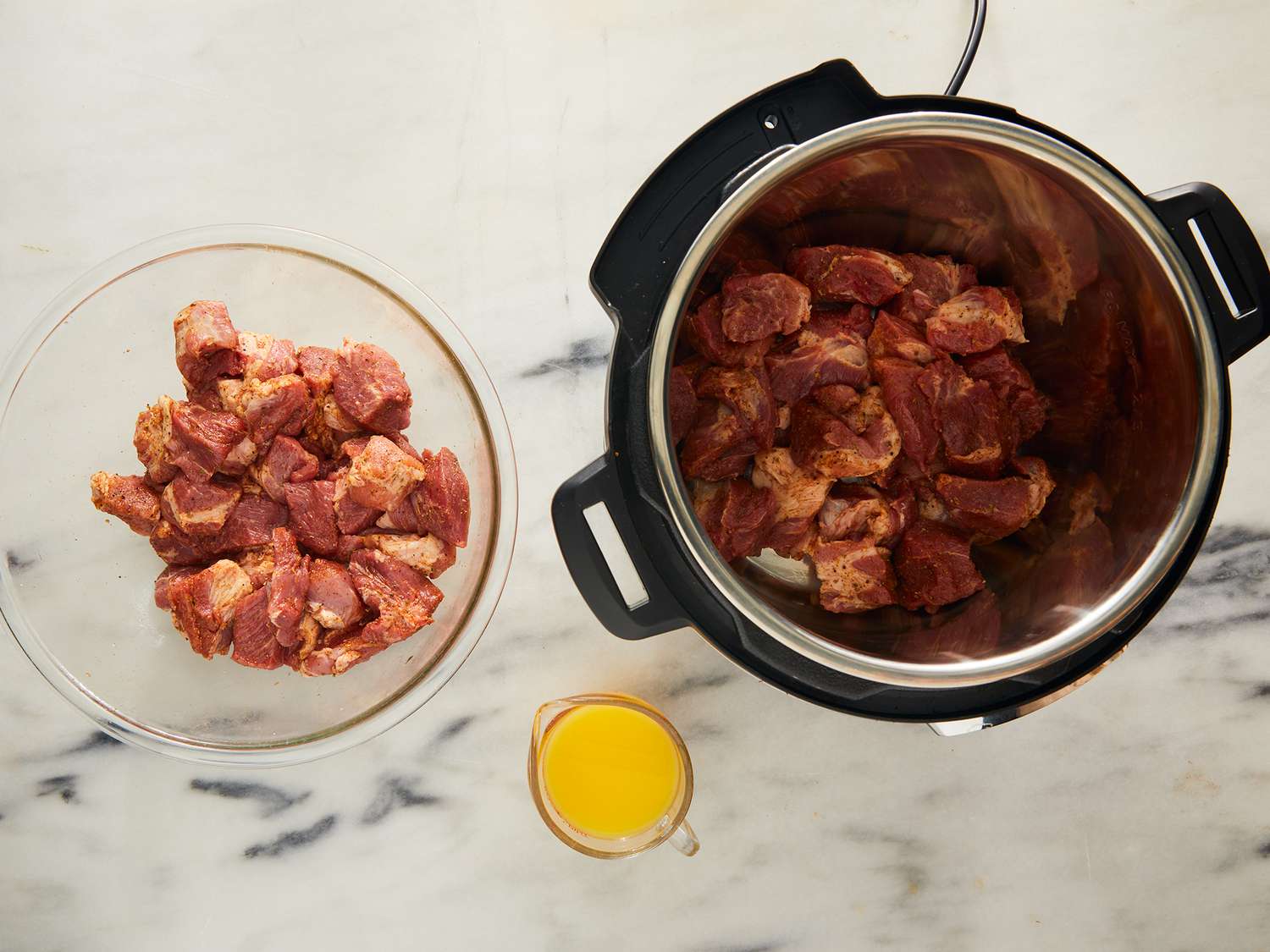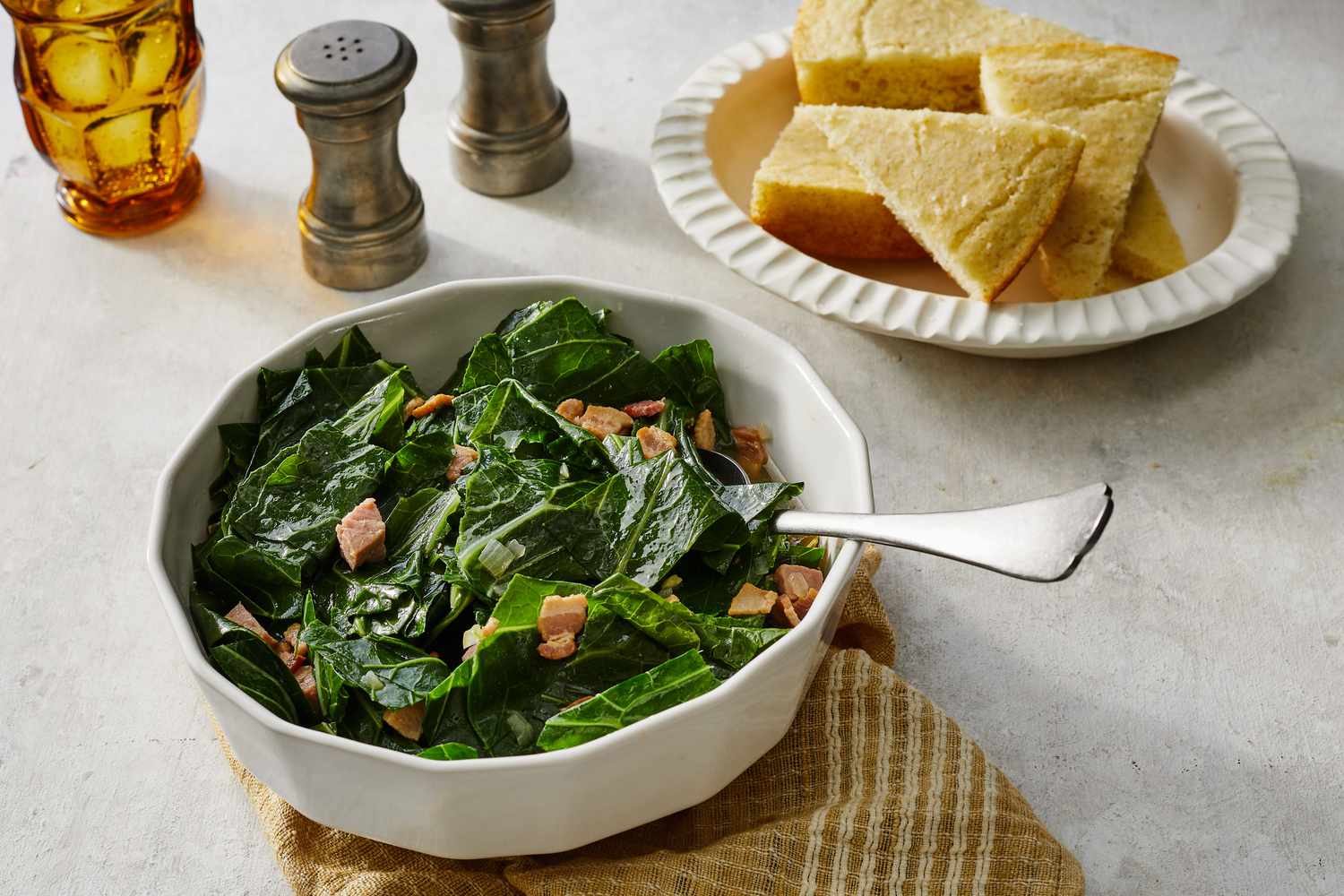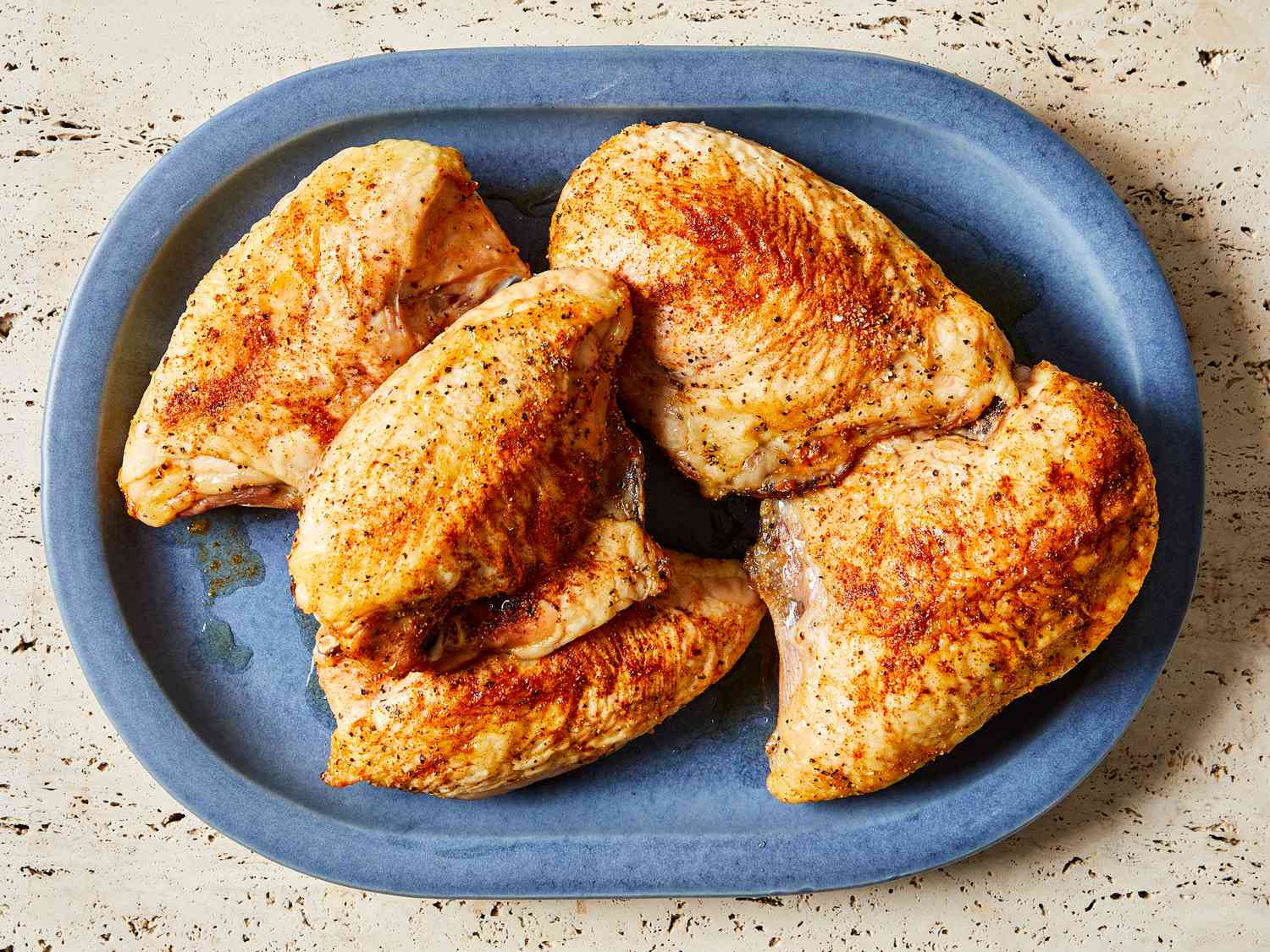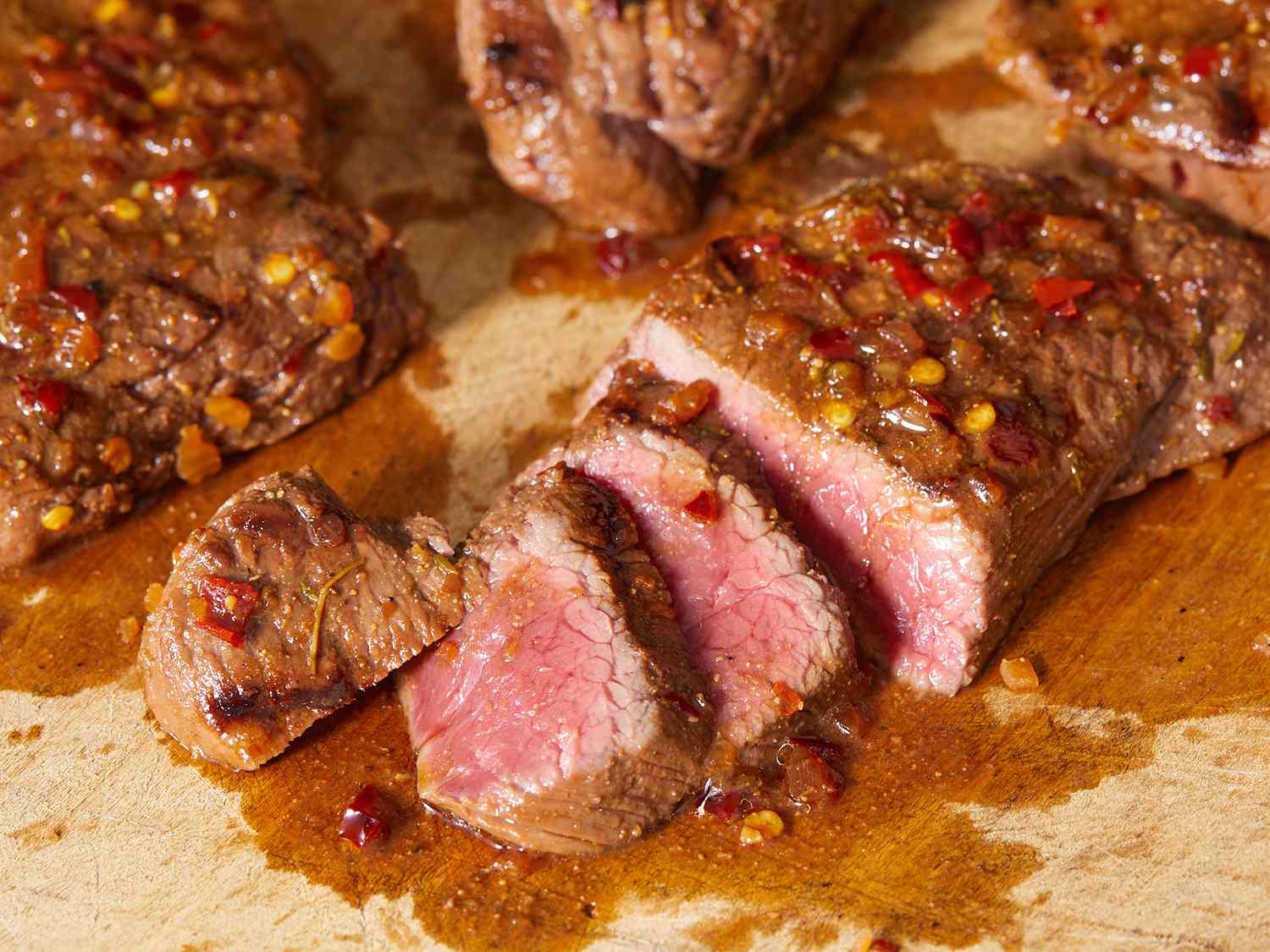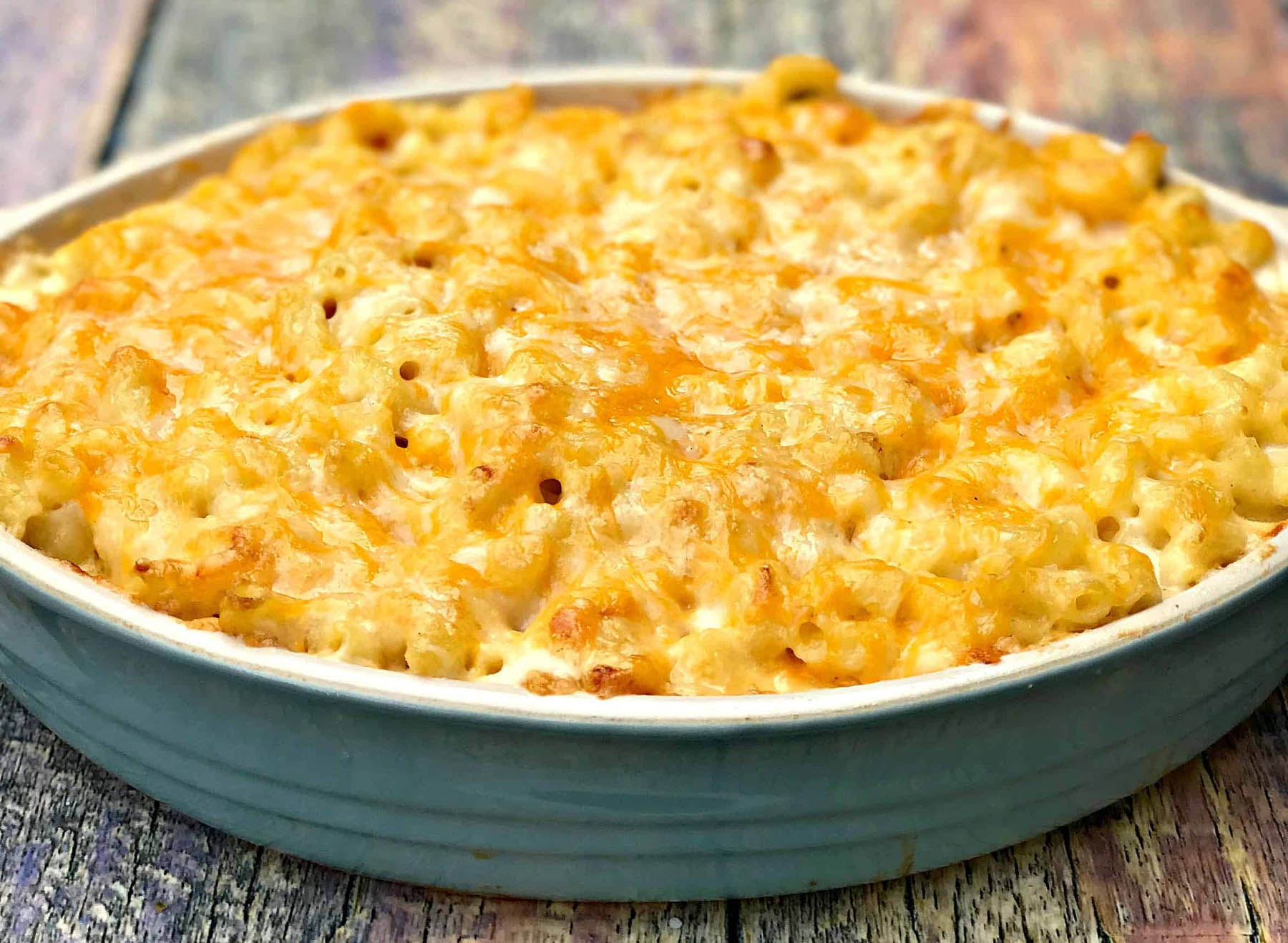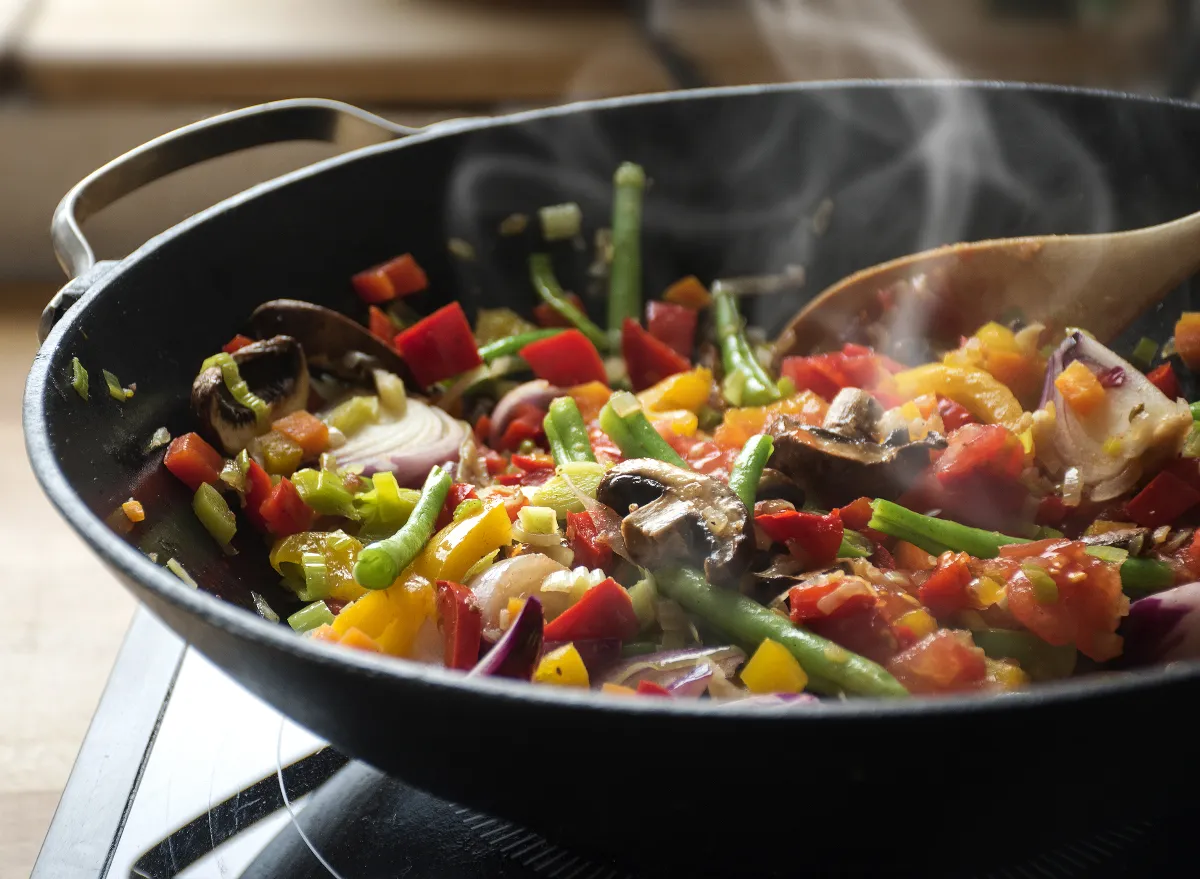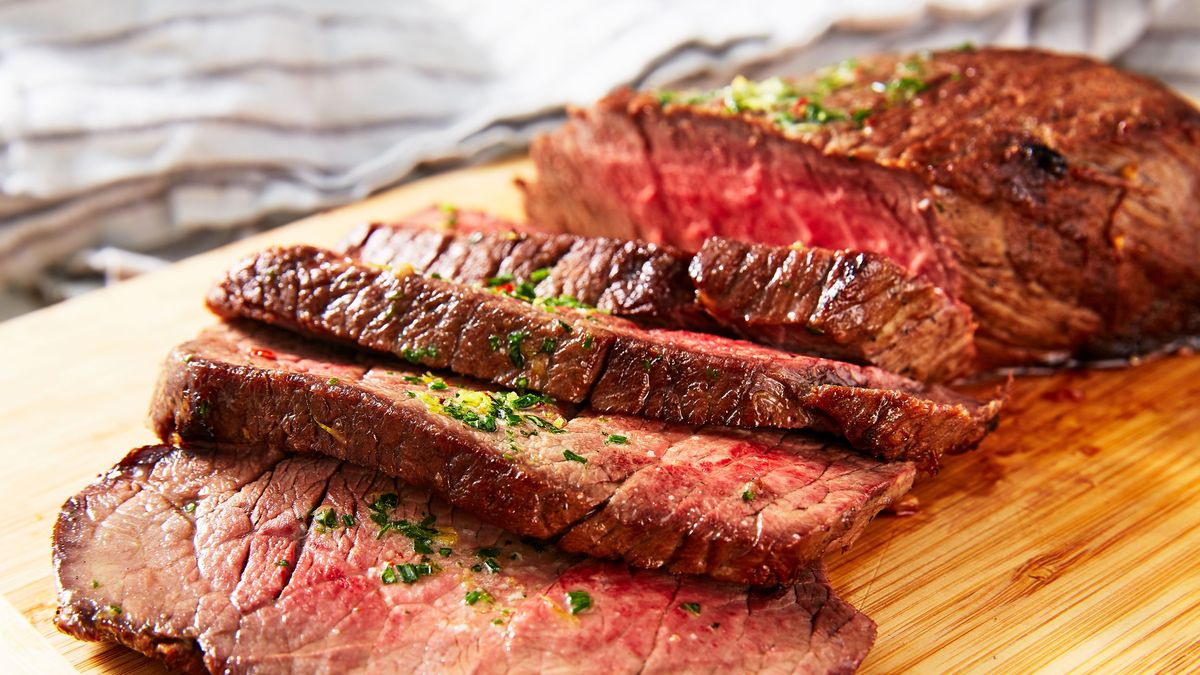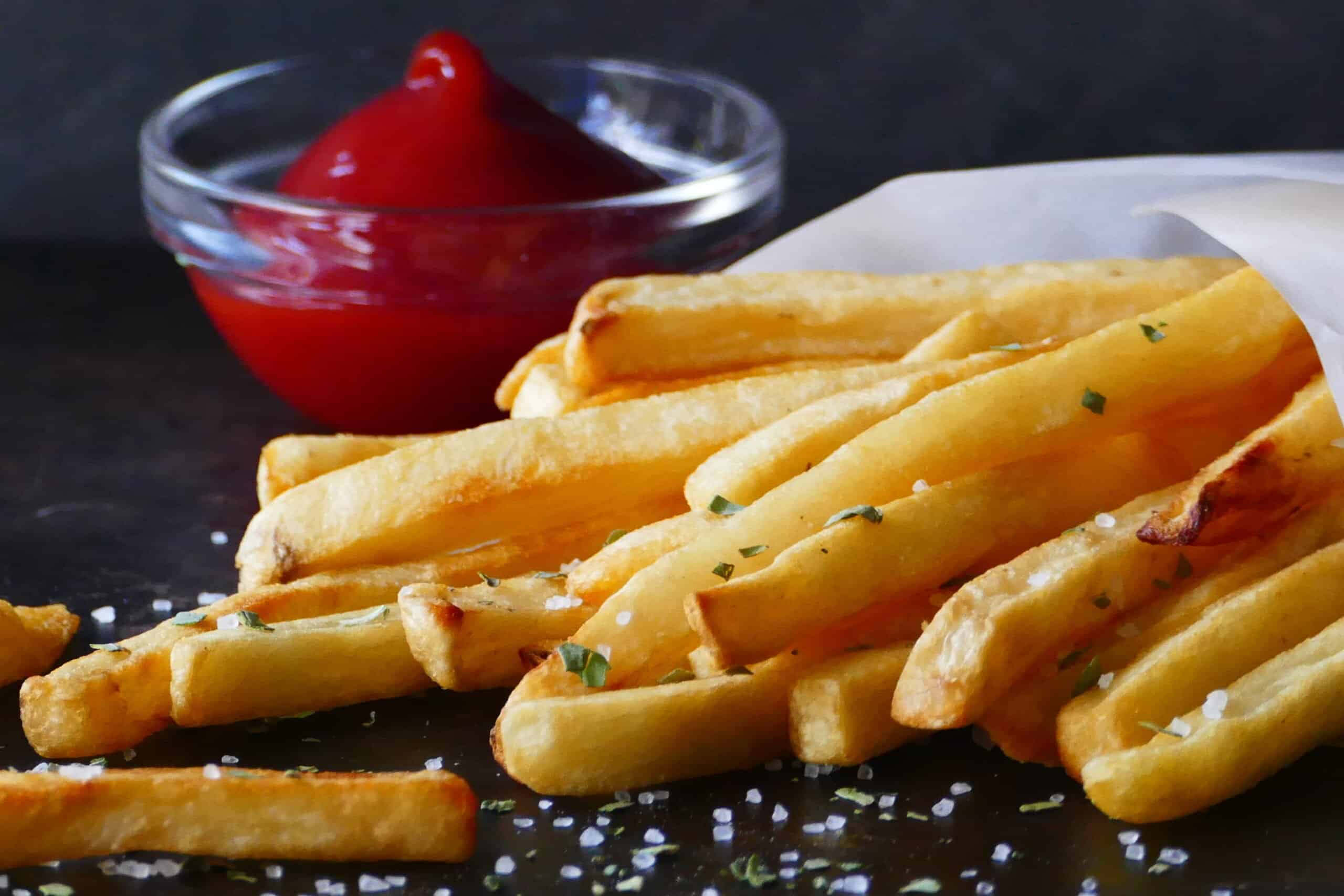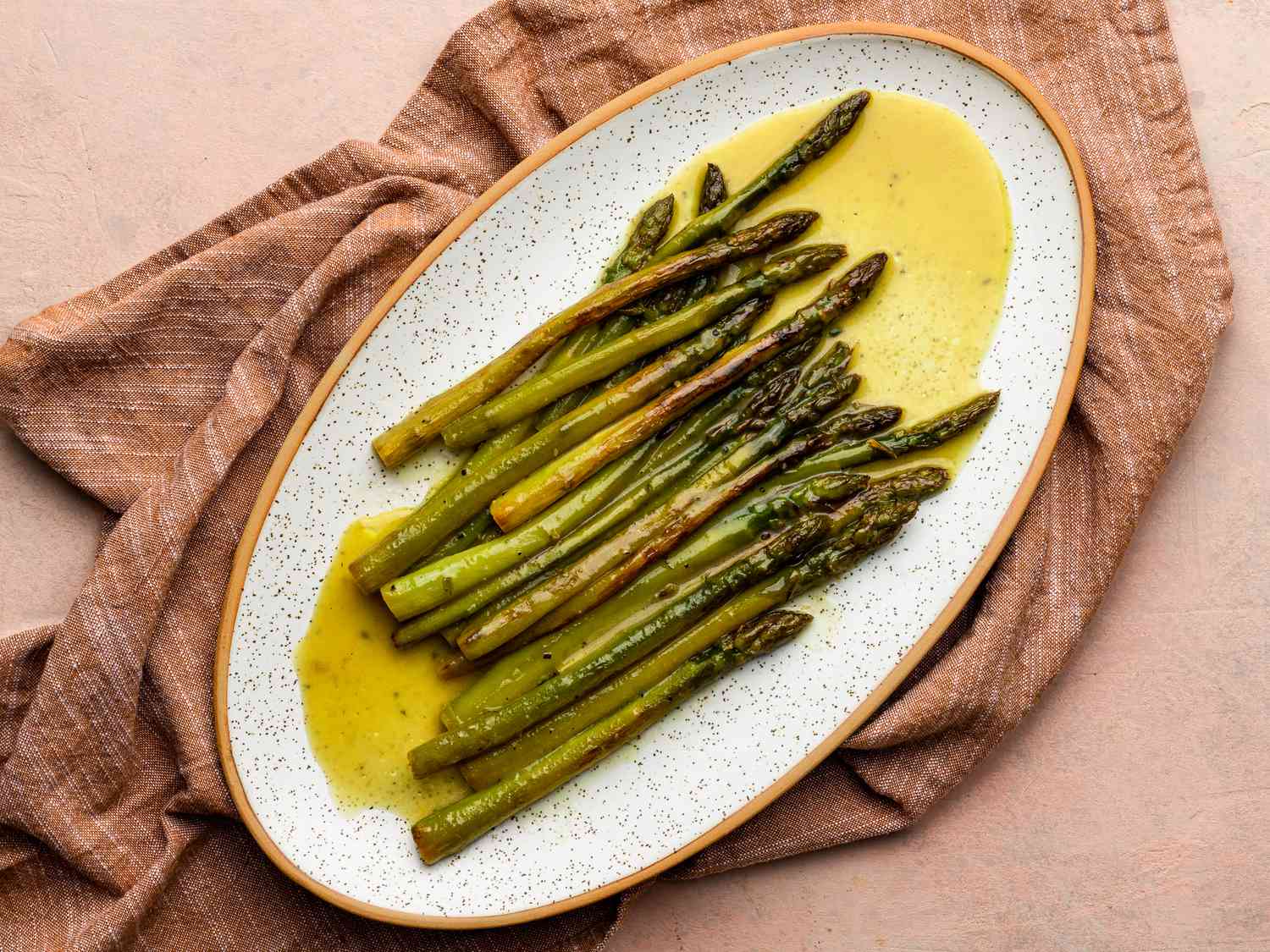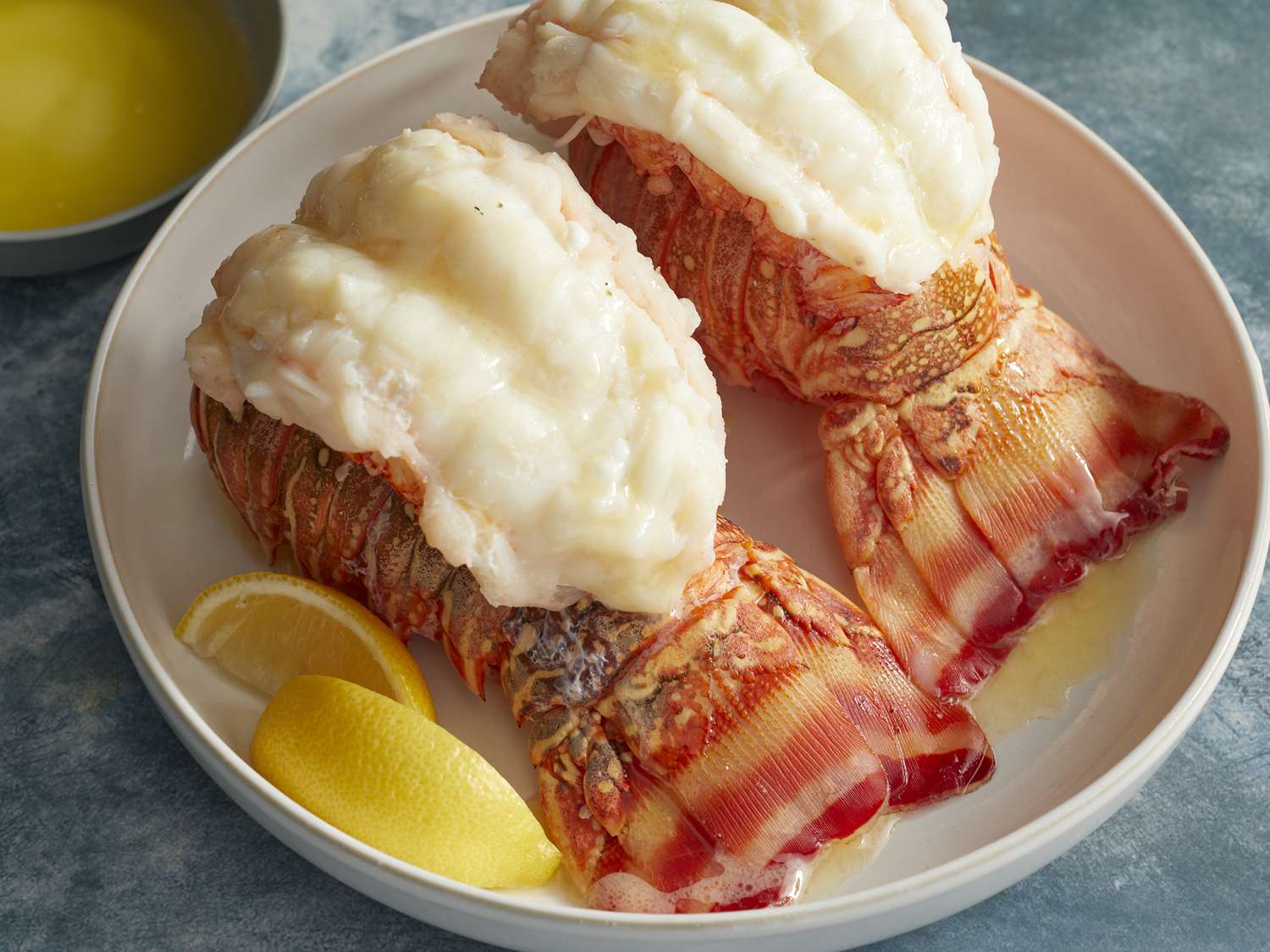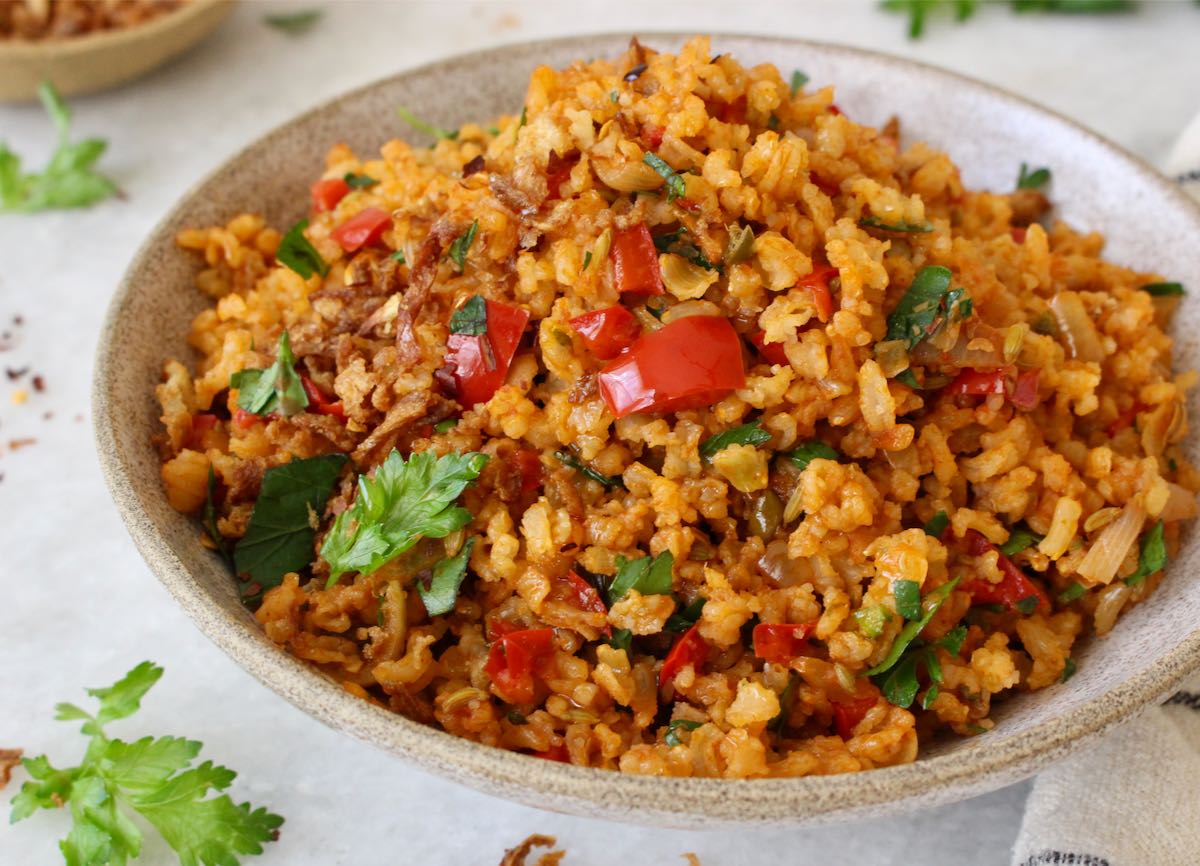The Savory Delight: Cooking Deer Stew Meat
When it comes to hearty and flavorful dishes, few meats can rival the succulent taste of deer stew meat. Whether you’re a seasoned culinary expert or an adventurous home cook, preparing a delicious deer stew is a great way to explore new flavors and elevate your cooking skills. In this article, we will guide you through the process of cooking deer stew meat to perfection, ensuring a fantastic meal that is sure to impress your guests.
1. Choosing the Right Cuts
Before embarking on your culinary journey, it’s important to choose the right cuts of deer meat for your stew. The best cuts for stewing are typically from the shoulder, neck, or hindquarters. These cuts are well-marbled and have enough connective tissue to create a rich and tender stew. Visit your local butcher or specialty meat shop to ensure you get high-quality, fresh deer stew meat for your recipe.
2. Marinating for Flavor
To enhance the taste and tenderness of your deer stew meat, marinating is highly recommended. Deer meat has a slightly gamey flavor, and marinating can help mellow and infuse delicious flavors into the meat. Create a marinade by combining your choice of aromatic ingredients like garlic, onion, herbs, and spices with a liquid such as red wine, broth, or vinegar. Allow the meat to marinate for at least 4-6 hours or overnight for maximum flavor penetration.
- Bold Flavor Options: Use rosemary, thyme, and Worcestershire sauce for a robust taste.
- Delicate Twist: Opt for a marinade with ginger, soy sauce, and sesame oil for an Asian-inspired flavor profile.
3. Preparing the Meat
Before you start cooking, it’s essential to prepare the deer stew meat properly. Remove the meat from the marinade and pat it dry with paper towels. This step will ensure a better sear and prevent excess moisture during cooking. Cut the meat into bite-sized chunks, removing any tough connective tissue or silver skin for a more enjoyable dining experience.
4. Searing and Browning
To lock in flavor and create a caramelized crust, searing and browning the deer stew meat is a crucial step. Heat a large, heavy-bottomed pot or dutch oven over medium-high heat. Add a touch of oil, and when it’s shimmering, carefully place the meat chunks in a single layer, ensuring not to overcrowd the pot. Allow each side to brown for a few minutes before flipping to achieve a beautiful golden color.
5. Building Layers of Flavor
Now that your meat is nicely seared, it’s time to add depth and complexity to your deer stew. Begin by adding aromatics such as onions, garlic, carrots, and celery to the pot. Sauté until they become soft and release their fragrant aroma. This step will infuse the cooking liquid with additional flavors.
- Comforting Herbs: Include a bouquet garni with thyme, bay leaves, and parsley for an earthy and aromatic touch.
- Vegetable Medley: Enhance the stew with potatoes, mushrooms, peas, or any other vegetables of your choice.
6. Slow Simmer for Tender Perfection
To achieve tender and juicy deer stew meat, be sure to cook it over a low heat for an extended period. Lower the heat, cover the pot, and let the stew simmer gently for about 2-3 hours, or until the meat become fork-tender and the flavors meld together harmoniously. Patience is key, as slow cooking allows the meat to become incredibly tender and the flavors to intensify.
7. Adjust and Season to Taste
Once your deer stew is cooked to perfection, it’s time to do some taste-testing. Adjust the seasoning with salt, black pepper, or any additional herbs and spices to suit your palate. Remember, the goal is to create a stew that suits your personal preferences, so don’t be afraid to customize the flavors to make it truly your own.
8. Serving and Enjoying
Your delicious deer stew is now ready to be served and enjoyed! Consider garnishing with a sprinkle of fresh herbs or a dollop of sour cream to add an extra touch of elegance. Serve your stew with crusty bread or a side of fluffy mashed potatoes to soak up the rich and savory sauce. Your guests will be delighted by the exceptional flavors and tender texture of your homemade deer stew.
Now that you have mastered the art of cooking deer stew meat, you can confidently venture into the world of savory, protein-packed delights. Whether for a cozy family dinner or a special gathering, deer stew is a versatile dish that will warm hearts and satisfy appetites. So, put on your apron, gather your ingredients, and get cooking – a delectable deer stew awaits!
Was this page helpful?
Read Next: How To Cook Sweet Potato Noodles Korean
